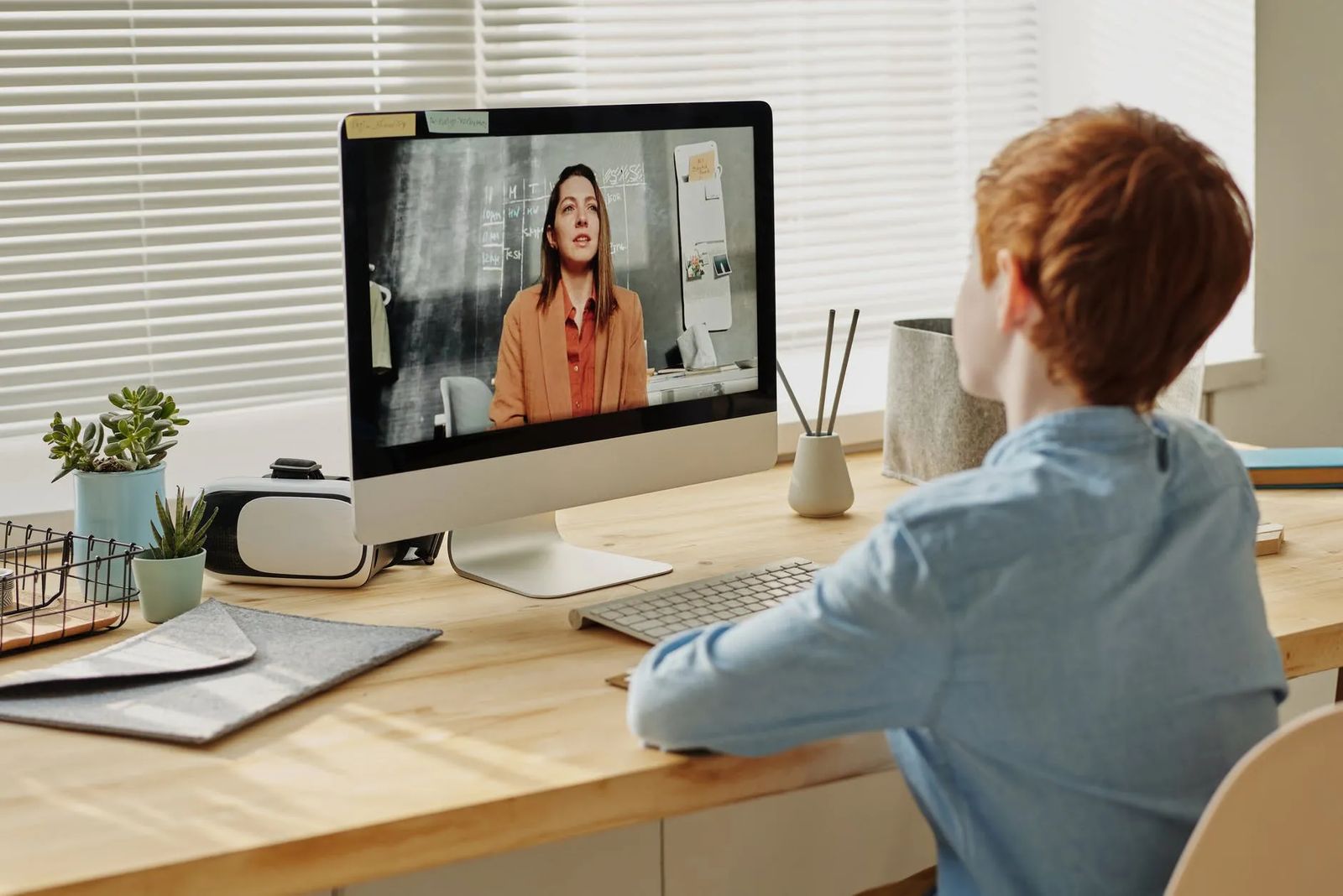
Middle School Distance Learning
May 8, 2020 | by Becky Hatler and Linda Kimmet (Ben Steele Middle School English teachers)
Middle school students provide a unique challenge for distance learning. During this time of their lives, students are focused on social relationships, and school is the place they rely upon to develop friendships and interact with each other. As middle school English teachers, we both believe that the key to success at this level is building relationships and using humor in the classroom. From the start of the school closures due to the COVID-19 pandemic, we knew we needed to develop meaningful content without the benefit of the energy and thoughtful discussions that a classroom provides. Face to face interaction and monitoring distractions are vital to keeping our students focused. These were just a few of the concerns we had as we ventured into the new and uncharted territory of distance learning as educators.
When it was decided that schools would close, our first concern was teaching to students who did not have the technology. Thankfully, our schools were able to provide Chromebooks for those who didn't have access. At first glance, it would seem that technology and middle school students are a perfect fit. However, learning with technology is typically not a priority for young adolescents; they would much rather play games, text, or get on social media. We would have to create lessons using technology that were engaging and interesting enough to keep them invested in their learning.
We began to worry about our own technological savvy. What resources could we use to make students want to log in every day and do English? Much to our relief, other teachers instantly began to share their knowledge of many useful teaching tools. The time spent learning how to navigate these programs was well worth it! We have also enjoyed the opportunity to connect with our quieter students through technology using email. When students email us about a grade in Powerschool or an assignment, we can easily throw in a question about how they are doing or connect with them in ways that wouldn't be possible in a classroom full of kids.
In the beginning, some students immediately responded to our online teaching format, but others were radio silent. We understood this, but we did not want any of them to lose academic ground. We were very worried about those students who we hadn't heard from at all. We, along with our administration, counselors, and support staff, emailed and called parents to make sure they were all aware of the learning opportunities that were available to them. We are still trying to provide as many learning tips and strategies with our lessons as we can, and we are careful to field questions and respond to emails as quickly as possible.
Motivation and engagement are some of the biggest challenges with distance learning. Several students have the luxury of an adult or someone at home who can motivate and cheer them on. Others do not. Families are suffering from financial hardships, stressful home situations, or a lack of childcare. We know some of our students are taking care of younger siblings while their parents are still working or trying to work at home. Kids are also taking on other necessary responsibilities at home. Even if these students are motivated and want to complete the work, it is a monumental task.
Parents have struggled with online learning, as well. The time goal of a half-hour maximum of work at home for each fifty-five-minute period of the school day doesn't seem like much. However, it is. They are not only given the task of muddling through the added stress of finance and circumstances, but they are also trying to help their children to learn something they aren't familiar with on technology programs that didn't even exist when they were in school. We believe that communication between parents and teachers is very important to alleviate some of this stress. It creates a mutual understanding of expectations versus the reality of what can be done at home. We've had to learn to remember these struggles and remain flexible and understanding with kids and parents alike.
Distance learning has provided some valuable insight for teachers and students. We have learned so many things during this time! We have been pushed out of our comfort zone to learn new teaching strategies and to teach using new technology tools. We have developed a deeper understanding of students' lives outside of school and how this pandemic is affecting them. We, both teachers and students, took for granted the ability to go to work or school each day to a place that builds us up around people that we care about. Students who used to complain about school or English have told us how much they miss being at school. More homework isn't necessarily better; learning is more than just schoolwork! This experience for students is more meaningful than any lesson we could create. Connecting with family and slowing down our lives has provided a fresh perspective for all of us. To those of you who have fought through the obstacles and helped your children to continue learning, we extend our sincere gratitude.





